Trying to navigate the legal weed market can be overwhelming. Traditional marijuana and marijuana-derived products now face competition from a growing number of hemp-derived cannabinoids, available in multiple formats, and sold both in stores and online. The wide variety of available cannabis products can be daunting for consumers.
Depending on which cannabinoid or blend you choose, the effects can vary tremendously. Some THC carts will give you the ride of your life. Others won’t offer more than a pleasant background buzz. And CBD derivatives and other nonintoxicating cannabinoids won’t get you high at all.
Whether you're new to cannabis or simply want to tailor your next haul, understanding popular cannabinoids and their effects is important. Even weed pens can serve a purpose beyond your high.
What types of THC and cannabinoids are there?
All popular cannabinoids fit into the subcategories below: psychoactive or non-psychoactive, active or inactive, and natural or artificial. Keep in mind that some lab-produced products are still considered naturally derived.
Psychoactive cannabinoids
Psychoactive cannabinoids bind to the body’s CB1 receptors and can get you high. Not all require the same level of consumption, and the intensity of effects varies. Mildly psychoactive cannabinoids, such as CBN, are poor choices if altered senses are your goal. But delta 9 THC may get the job done with just a few milligrams.
The chemical structure of the cannabinoid, and the user’s tolerance and genetics are factors that must be considered when considering psychoactive compounds. Certain individuals are more sensitive to intoxicating cannabinoids, and tolerance can change with time.
There might be a limit. Select cannabinoids have pronounced CB1 binding affinity, but receptors may not be able to handle such a large influx of atoms. There may be a hard limit to how high you can get, and some CB1 stimulus may go to waste.
Non-psychoactive cannabinoids
A non-psychoactive cannabinoid has insignificant CB1 and CB2 affinity. It won’t get you high regardless of dose, though some may have remarkable benefits. Cannabinoids like CBD and its variants show strong therapeutic promise.
Even if a cannabinoid fails to give users a buzz, it can still interact with the nervous system and pass the blood-brain barrier. Transient receptor potential (TRP) channels are common targets for nonintoxicating cannabinoids.
Active cannabinoids
Biologically or pharmacologically active cannabinoids are not produced by non-cannabinoids within the plant, but instead, are created by other cannabinoids that convert over time. Heat, UV exposure, and oxygen speed up the process.
One hallmark of active cannabinoids is improved chemical stability over their inactive forms. They’ve already undergone decarboxylation, i.e., removal of an acidic carboxyl group. Shedding two oxygens and a carbon leads to a shift in effects and endocannabinoid interactions. These changes may be significant for users.
An active cannabinoid can be psychoactive—THC being the obvious example—but they’re not necessarily intoxicating. CBD and CBG are active post-decarboxylation, without altering the user’s senses or inducing euphoria. Some active compounds bind readily to CB1 or CB2 receptors. Others have little or no binding affinity.
Inactive cannabinoids
“Inactive” doesn’t just mean that the cannabinoid isn’t psychoactive or that it won’t bind to CB1 and CB2 receptors. Inactivity goes a step further. These highly unstable substances are pathways to every other cannabinoid.
An inactive cannabinoid can still affect the body when consumed. The term simply refers to cannabinoids occurring early in the plant’s life cycle, prior to decarboxylation. Acid groups are easily removed with age or environmental conditions.
Products derived from inactive cannabinoids are challenging to produce. THCA, CBDA, and CBGA convert rapidly into their active forms when heated, a common step in the production of vape oils and edibles. Tinctures, capsules, and selectively bred bud are easier to create without disturbing the inactive ingredients. However, flower must be consumed raw to reap the benefits of inactive compounds.
Even THCA vape oils tend to contain very little of the cannabinoid, with the remainder converting upon use.
Phytocannabinoids
Phytocannabinoids occur naturally in cannabis. They can be produced directly by the plant, via decarboxylation, or through degradation of other cannabinoids.
Both trace and primary cannabinoids may be naturally-derived. The waters get murkier when we look at trace cannabinoids in the commercial marketplace, which can’t be cost-efficiently extracted. Instead, a more abundant cannabinoid (usually CBD) is manipulated in a lab with chemicals or heat to produce the desired cannabinoid.
This is how delta 8 THC, HHC, and other popular hemp-derived cannabinoids are created for commercial sale. But as long as these trace cannabinoids are found naturally in hemp plants—even in tiny amounts—they’re federally legal under current U.S. law.
Artificial cannabinoids
Any cannabinoid not occurring in nature is considered artificial (or synthetic). If it’s never been isolated or identified in the plant, there’s no proof that the substance is actually produced by cannabis.
Spice, which is sold under many names, is the most well-known example.
With the exception of two FDA-approved drugs, Marinol and Syndros, artificially-manufactured cannabinoids are generally illegal in the United States. Other parts of the world have banned man-made cannabinoids or cannabis-like substances, as well.
The 2018 Farm Bill offers legal protections to naturally occurring hemp cannabinoids but doesn’t protect artificial cannabinoids.
Types of THC and cannabinoids: from A to Z
As much as we want to lay out every known cannabinoid, a complete list would be difficult to compile. Researchers have identified over a hundred cannabinoids to date.
Our list will focus mostly on derivatives that are either commercially available, were available at one point, or may be in the near future. Just a couple of our entries are unlikely to appear anytime soon. We will be updating this list with new cannabinoids as soon as they become commercially available.
CBD (cannabidiol)
CBD is the primary active cannabinoid in hemp and the source of the post-2018 hemp boom.
Formula: C21H30O2
Legality: CBD products are federally legal in the United States and protected under the 2018 Farm Bill. It’s legal in all but a few states.
Effects: CBD is nonintoxicating and doesn’t bind to CB1 and CB2 receptors, instead affecting them indirectly. Users consume the cannabinoid to relax, reduce stress, or relieve aches and pains. Research has uncovered a range of potential therapeutic uses, including seizure and inflammation management, as well as neuroprotection.
A CBD-based anticonvulsant drug, Epidiolox, has been approved by the U.S. Food and Drug Administration (FDA).
Products and where to buy: CBD is everywhere. Products can be purchased online or in retail stores. CBD carts and CBD vape pens are beloved by weed vapers, and high-CBD bud is an option if you have a grinder and time on your hands. CBD oil tinctures and CBD edibles are also easy to find.
CBDA (cannabidiolic acid)
CBDA is a non-psychoactive cannabinoid and CBD’s direct precursor. Oxygenating or exposing it to heat will strip away its carboxyl group, creating CBD. You’ll find considerably more CBDA than CBD in young, unprocessed hemp buds.
Formula: C22H30O4
Legality: CBDA products are federally legal in the United States and protected under the 2018 Farm Bill. State laws vary.
Effects: CBDA’s suspected effects and medicinal uses are similar to CBD’s. The pair perform comparably as anticonvulsants, although CBDA is slightly less effective at reducing inflammation. Between the two, CBDA may be better suited to acute nausea prevention.
Products and where to buy: As with other inactive cannabinoids, CBDA is unstable and it’s extremely difficult to manufacture products containing large amounts of it. Topicals, capsules, and broad- or full-spectrum oils labeled “raw CBDA” are safest if you’re seeking the cannabinoid’s potential therapeutic benefits.
CBDV (cannabidivarin)
CBDV is almost chemically identical to CBD, minus two carbon atoms in its tail. It’s commonly referred to as “CBD’s varin form.” This distinction is mirrored in THC and THCV.
Formula: C19H26O2
Legality: CBDV products are federally legal in the United States and protected under the 2018 Farm Bill. State laws vary.
Effects: Research performed between the late 2010s and early 2020s shows that CBDV may prevent or lessen seizures in those with Rett Syndrome. There’s also limited evidence that CBDV helps reduce nausea and irritable bowel disease (IBD) symptoms. Although its recreational effects aren’t entirely clear, users claim it helps them clear their heads and focus.
Products and where to buy: Commercial CBDV products are scarce, aside from Forbidden V, a CBDV-rich hemp strain. Tinctures, distillates, and capsules are available through certain online sellers. CBDV vape products are rare, and the cannabinoid is generally blended with CBD or THCV.
CBG (cannabigerol)
CBG is the active, decarboxylated form of CBGA. Cannabis is richest in CBG prior to maturation. As the plant ages, the majority of CBG is converted into THC or CBD.
Formula: C21H32O2
Legality: CBG products are federally legal in the United States and protected under the 2018 Farm Bill. State laws vary.
Effects: CBG is a partial CB1 agonist and regulator of endocannabinoid signaling. It won’t get you high, though CBG could have medicinal benefits. Users claim that the cannabinoid helps them manage stress or anxiety, reduce chronic pain, and sleep better. It also shows promise as a neuroprotectant and anti-inflammatory agent.
Products and where to buy: Users can buy CBG oil online, while high-CBG bud is available for flower vapers. CBG carts, disposables, and edibles are related options, sometimes blended with CBD.
CBGA (cannabigerolic acid)
CBGA is an inactive cannabinoid produced from olivetolic acid, and is most notable as the parent molecule from which all other cannabinoids are derived. Depending on the enzymes CBGA interacts with, it may convert into inactive THCA, CBDA, or CBCA. It can also decarboxylate and convert directly into its active form, CBG.
Formula: C22H32O4
Legality: CBGA products are federally legal in the United States and protected under the 2018 Farm Bill. State laws vary.
Effects: You won’t get high from CBGA. It shows promise as an anticonvulsant, specifically for those with Dravet Syndrome. CBGA might also possess cytotoxic qualities and, in one study, appeared to both kill and reduce the spread of colon cancer cells. Recreational users claim that CBGA offers an energy boost without mental or physical jitters.
Products and where to buy: Unfortunately, because CBGA is an acidic precursor, it’s highly unstable and converts into CBG when exposed to heat. Stick to tinctures and capsules if you want the raw form.
CBN (cannabinol)
The mildly intoxicating CBN was the first cannabinoid identified by researchers. A degraded byproduct of delta 9 THC, CBN is created when marijuana ages or is exposed to unfavorable conditions like UV rays.
Formula: C21H26O2
Legality: CBN products are federally legal in the United States and protected under the 2018 Farm Bill. State laws vary.
Effects: Today, CBN is used as a recreational sleep aid. It appears to be most effective when administered together with delta 9 THC. Independent of THC, studies into CBN’s sedating effects have mixed conclusions.
Products and where to buy: Various online sellers carry CBN oil, gummies, and capsules. Vape carts and disposables are also out there. CBN is occasionally blended with psychoactive delta 8 THC or nonintoxicating CBD. Marijuana products containing CBN are an option in legal states and are likely best if you need help falling asleep.
Delta 6 THC (delta-6-tetrahydrocannabinol)
Delta 6 THC is a THC isomer with a double bond on the sixth carbon of its ring.
Formula: C21H30O2
Legality: Delta 6 THC is federally legal in the United States and protected under the 2018 Farm Bill. State laws vary.
Effects: Confusion over the poorly researched delta 6 THC is common since it was the name used for delta 8 THC before a 1980s shift in naming conventions. From what we understand of THC variants with a repositioned double bond, delta 6 is likely psychoactive. The extent is unclear, though it’s theorized to be less intoxicating than delta 8.
Products and where to buy: Vaping products and edibles blending delta 6 THC with other cannabinoids are limited. Products containing exclusively delta 6 THC don’t seem to exist yet, making it almost impossible to distinguish between effects.
Delta 8 THC (delta-8-tetrahydrocannabinol)
Delta 8 THC is a THC isomer with a double bond on the eighth carbon of its ring. The first star product of the psychoactive hemp market, delta 8 products haven’t fallen from their commercial pedestal.
Formula: C21H30O2
Legality: Delta 8 THC products are federally legal in the United States and protected under the 2018 Farm Bill. State laws vary.
Effects: Delta 8 packs around half the punch of marijuana-derived delta 9 THC. Functional, clear-headed highs are often associated with delta 8 use, though lethargy or more inebriating effects can still occur. Delta 8 might also help reduce nausea and inflammation.
Products and where to buy: Delta 8 vape products, including D8 carts, are widely available online and in retail stores. A variety of edibles are out there, from delta 8 gummies to beverages. Delta 8 disposables are a time-saving option. To max out on concentration, consider delta 8 tinctures or wax.
Delta 9 THC (delta-9-tetrahydrocannabinol)
Delta 9 THC is the primary active cannabinoid in marijuana, first identified in 1964. It was referred to as delta 1 THC in some early research.
Formula: C21H30O2
Legality: In the United States, cannabis containing over 0.3% delta 9 THC by dry weight is considered marijuana, a Schedule I controlled substance. It’s federally illegal, but many states have legalized medical or recreational use.
Effects: CB1 and CB2 receptors are highly receptive to delta 9 THC. Exact THC concentration varies between strains and production methods, and it can sometimes cause adverse effects like anxiety. Therapeutic uses, including appetite stimulation, neuroprotection, and pain reduction, are being explored.
Products and where to buy: State-licensed dispensaries offer all the marijuana products you desire: bud, vape products, edibles, waxy concentrates like batter or sauce, and tinctures. That said, illegal marijuana can have serious legal ramifications, and black-market vape carts may pose serious health risks. Be careful where you buy.
Delta 10 THC (delta-10-tetrahydrocannabinol)
Delta 10 is a THC isomer with a double bond on the tenth carbon of its ring. Its discovery by a California-based manufacturer was a result of nearby forest fires. Bud was contaminated with fire retardant, causing delta 10-rich crystals to form during distillation.
Formula: C21H30O2
Legality: Delta 10 THC is federally legal in the United States and protected under the 2018 Farm Bill. State laws vary.
Effects: Delta 10 has undergone little to no research. Anecdotes state that it’s psychoactive, typically reported to be less intense than both delta 8 and delta 9 THC. Delta 10 appears to produce a mild, sativa-like head buzz.
Products and where to buy: Delta 10 products are rare, but slowly gaining traction. You can find most of the basics online: vape products, edibles, and tinctures. Like other emerging hemp-derived cannabinoids, delta 10 THC is often combined in blends with better-known derivatives, including delta 8.
Delta 11 THC (delta-11-tetrahydrocannabinol)
Delta 11 THC, or exo-THC, is a THC isomer with unclear origins. It’s occasionally confused with 11-hydroxy-THC, a metabolite produced when THC is processed by the liver.
Formula: C21H30O2
Legality: Assuming that it exists naturally in cannabis, delta 11 THC is federally legal in the United States and protected under the 2018 Farm Bill. State laws vary.
Effects: It’s possible that delta 11 THC is a CB1 antagonist. Research is just beginning, though delta 11 appears to reduce the intensity of delta 9 when consumed together. No medicinal benefits have been explored.
Products and where to buy: Products labeled “delta 11 THC” might not contain the actual THC isomer, so be wary of marketing. Check for “exo-THC” on the certificate of analysis (COA). Regardless, not all manufacturers report this information, and third-party labs don’t always test for delta 11.
HHC (hexahydrocannabinol)
HHC is a trace cannabinoid first identified in 1940. Next to delta 8 THC, HHC is the source of some of the most common hemp-derived products.
Formula: C21H32O2
Legality: HHC products are federally legal in the United States and protected under the 2018 Farm Bill. State laws vary.
Effects: Consuming HHC will get you high. Estimates vary, though, for many users, its effects fall just short of marijuana. Emerging research suggests that HHC might have tumor-fighting abilities. Before buying, check the COA to confirm whether your product contains predominantly 9R-HHC or 9S-HHC. Most commercial HHC features both, though 9R-HHC is believed to be more potent.
Products and where to buy: Vapers can choose between HHC carts and HHC disposables for fast results, or HHC edibles for a longer-lasting high. Oils, infused bud, and concentrates are also available from online sellers and in stores. It’s possible that HHC has a longer shelf-life than THC.
HHCP (hexahydrocannabiphorol)
HHCP is the hydrogenated form of HHC. It has a longer carbon side chain, clocking in at seven atoms rather than just five.
Formula: C23H36O2
Legality: HHCP products are federally legal in the United States and protected under the 2018 Farm Bill. State laws vary.
Effects: HHCP likely outperforms HHC because its longer carbon side-chain boosts its CB1 and CB2 binding ability. Either way, users should pull up COAs to confirm the ratio of 9R-HHCP to 9S-HHCP. The 9R form seems to trigger a more powerful high. If you’re seeking a potent HHC alternative, choose HHCP and not HHC-O. The latter is a potential lung hazard.
Products and where to buy: Genuine HHCP is rare, and blends are more common than pure HHCP products. You can find vape products and oils from a handful of online retailers. Be mindful that many supposed HHCP products actually contain mostly (or all) HHC or delta 8 THC.
THCA (tetrahydrocannabinolic acid)
THCA is the acidic precursor to delta 9 THC. Applying heat to this inactive cannabinoid rapidly converts it into THC, making THCA products some of the most difficult to manufacture.
Formula: C22H30O4
Legality: THCA products are federally legal in the United States, but exposure to oxygen, UV rays, or heat causes THCA to convert into federally illegal delta 9 THC. State laws vary.
Effects: THCA doesn’t bind to CB1 receptors and is non-psychoactive. Users gravitate towards it for one of two reasons: either they’re planning to decarboxylate the THCA and produce delta 9, or they’re interested in the raw form’s potential benefits. THCA may possess anti-inflammatory and neuroprotective qualities.
Products and where to buy: Navigating THCA products is tricky. THCA carts, disposables, and high-THCA bud, by their nature, convert THCA to THC when they’re used. To reap the therapeutic benefits, raw THCA tinctures, capsules, and topicals are available, and they won’t get you high.
THC-B (tetrahydrocannabutol)
THC-B is the butyl homolog of THC. If not for a missing carbon in THC-B’s tail, the cannabinoids would be structurally identical.
Formula: C20H28O2
Legality: THC-B products are federally legal in the United States and protected under the 2018 Farm Bill. State laws vary.
Effects: THC-B may have similar CB1 and CB2 affinity as delta 9 THC. More impressively, it appears to help inhibit replication of the COVID-19 virus. THC-B outperformed the other cannabinoids involved in this study, coming in second behind a broad-spectrum antiviral drug. Additional trials are needed to verify these effects.
Products and where to buy: Commercial THC-B isn’t common. Vape products, edibles, and tinctures can be found through a limited number of online sellers, and only a sliver of those contain substantial amounts of THC-B.
THCC (tetrahydrocannabiorcol)
THCC is a trace cannabinoid found in cannabis pollen, which comes from non-flowering male plants rather than flower-producing females. THCC was first identified in the 1970s.
Formula: C17H22O2
Legality: THCC products are theoretically legal in the United States. No commercial options exist and researchers are the only ones with access to this cannabinoid.
Effects: Should it hit the market, THCC won’t get you high. It instead activates the temperature-sensitive TRPA1 channel, which helps regulate protective responses like airway resistance and cough. THCC might be a valuable asset to future anti-inflammatory and analgesic therapies.
Products and where to buy: There are no THCC products available for consumers. It’s uncertain when or if this will change.
THC-H (tetrahydrocannabihexol)
THC-H is the hexyl homolog of THC. It was identified in 2020 by the same researchers who discovered THCP.
Formula: C22H32O2
Legality: THC-H products are federally legal in the United States and protected under the 2018 Farm Bill. State laws vary.
Effects: Take claims about THC-H with a grain of salt. Aside from it being psychoactive, we have no definitive proof of THC-H’s potency or other effects. Its six-carbon tail does suggest especially high CB1 binding affinity.
Products and where to buy: True THC-H products are almost nonexistent, and it takes some digging to find them. COAs are your friend if you want to verify a product’s true THC-H content.
THC-JD (tetrahydrocannabioctyl)
While THC-JD does occur naturally in cannabis, there is also a synthetic cannabinoid, developed in 1941 and sometimes called JWH-138, with the same name. We don’t know what’s actually going into commercial THC-JD products or if it’s even the same cannabinoid.
Formula: C24H36O2
Legality: THC-JD blends are currently legal under the 2018 Farm Bill if they contain true tetrahydrocannabioctyl and not the synthetic THC-JD. State laws may vary.
Effects: THC-JD’s potency is complicated. Its eight-carbon tail would probably mean a cannabinoid with unmatched CB1 binding affinity. Then again, THC-JD may not exist at all. We have no research into THC-JD’s effects or potency, and no proof that true THC-JD is available for sale.
Products and where to buy: While some online sellers market THC-JD products, none contain exclusively THC-JD, and standard COAs don’t account for it. We’d recommend giving this one a pass until more is known.
THC-O (tetrahydrocannabinol-O-acetate)
THC-O, or THC-O-acetate, is the acetate ester form of THC. It has gained prominence due to claims of high potency and psychedelic effects.
Formula: C23H32O3
Legality: Since it hasn’t been proven to occur naturally in hemp plants, THC-O has been the subject of legal debate. After being declared illegal by the Drug Enforcement Administration (DEA) in 2023, a federal appeals court found in 2024 that it meets the definition of a legal hemp product.
Effects: True THC-O could be highly psychoactive. A minority of users report mild to moderate psychedelic effects. That aside, THC-O is an acetate, and vaping it is dangerous. Acetates of any kind may convert into the potent lung toxicant ketene with heat exposure.
Products and where to buy: You should avoid THC-O vaping products entirely because of the extreme safety hazard posed.
THCM (Tetrahydrocannabinol monomethyl ether)
THCM is the monomethyl ether form of THC. Traces have been identified in marijuana smoke, but the cannabinoid has never been successfully isolated.
Formula: C22H32O2
Legality: Products labeled “THCM” are impossible to authenticate. As long as they’re hemp-derived and contain below 0.3% delta 9 THC, they can be legally sold in the United States. State laws may vary.
Effects: Nothing is known about THCM’s effects when consumed. A common misconception is that it can be used to identify cannabis use during pregnancy, as “THCM” also refers to an unrelated stool test. We have little to no idea how THCM interacts with CB1 or CB2 receptors.
Products and where to buy: It’s unlikely that genuine high-THCM products exist on the market. COAs don’t test for this cannabinoid and there’s no way to confirm the accuracy of a seller’s claims.
THCP (tetrahydrocannabiphorol)
THCP is a trace cannabinoid structurally similar to delta 9 THC, with two additional carbon atoms tacked onto its side chain. It was first identified by a team of Italian researchers in 2019.
Formula: C23H34O2
Legality: THCP products are federally legal in the United States and protected under the 2018 Farm Bill. State laws vary.
Effects: Due to its extended seven-carbon tail, THCP seems to be highly psychoactive. It could possess up to 33 times the CB1 binding affinity of delta 9 THC. That doesn’t mean users will get 33 times as high, but most report a substantial lift. Experiences also vary between brands and products.
Products and where to buy: Pure THCP products are uncommon, blends being more widespread. Vape products, edibles, infused bud, and tinctures are all available online. To enjoy THCP at its full potency, check COAs and buy from trusted retailers with transparent safety testing.
THCV (tetrahydrocannabivarin)
THCV is the varin homolog of THC. Its side chain is just three carbons long, shorter than THC’s by two atoms.
Formula: C19H26O2
Legality: THCV products are federally legal in the United States and protected under the 2018 Farm Bill. State laws vary.
Effects: THCV’s impact depends on dosing and the other cannabinoids, if any, that you’re consuming alongside. It could be around 25% as psychoactive as delta 9 THC. In tandem with delta 9, THCV may act as an antagonist, reducing CB1 affinity and lowering potency. It also displays potential antipsychotic, anticonvulsant, and appetite-suppressing effects.
Products and where to buy: Tinctures, gummies, and capsules are the most widespread THCV products, although you’ll also stumble across the occasional cart or disposable. CBD and delta 8 THC are commonly blended with THCV.
President Trump promised during his election campaign to “save vaping," but his administration has undermined that goal at every turn.
The U.S. disposable vape market has grown to $2 billion in annual sales, although nearly none of the products are authorized by the FDA.
More than 30 bills that would impose severe restrictions vaping consumers’ product choices remain active in U.S. state legislatures.
The Freemax REXA PRO and REXA SMART are highly advanced pod vapes, offering seemingly endless features, beautiful touchscreens, and new DUOMAX pods.
The OXVA XLIM Pro 2 DNA is powered by a custom-made Evolv DNA chipset, offering a Replay function and dry hit protection. Read our review to find out more.
The SKE Bar is a 2 mL replaceable pod vape with a 500 mAh battery, a 1.2-ohm mesh coil, and 35 flavors to choose from in 2% nicotine.





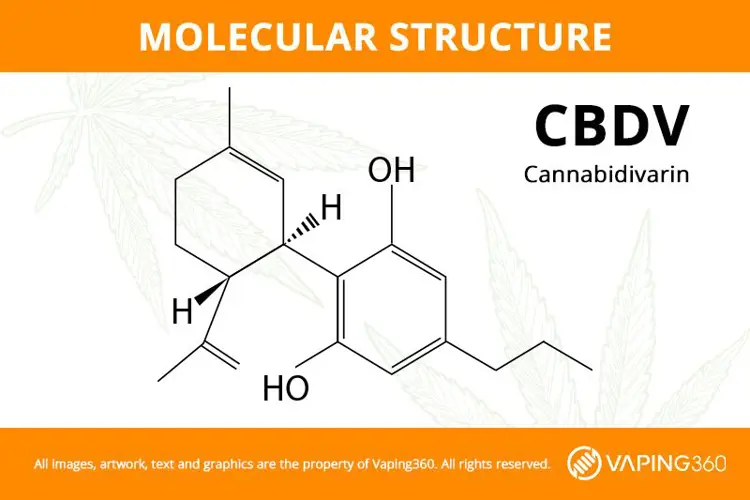
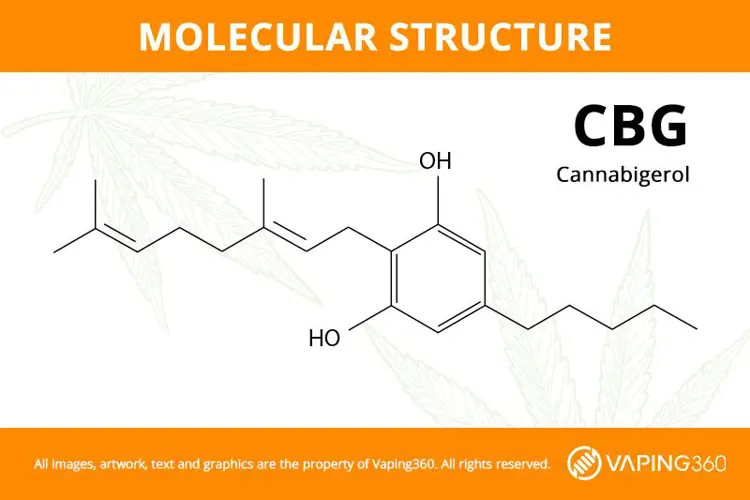
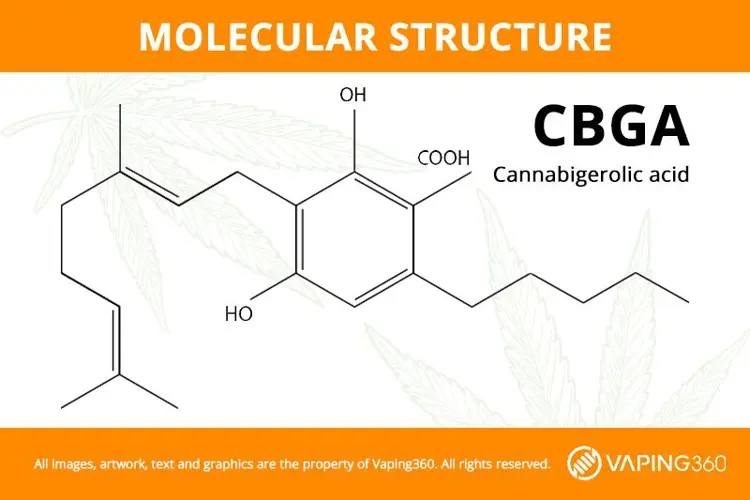
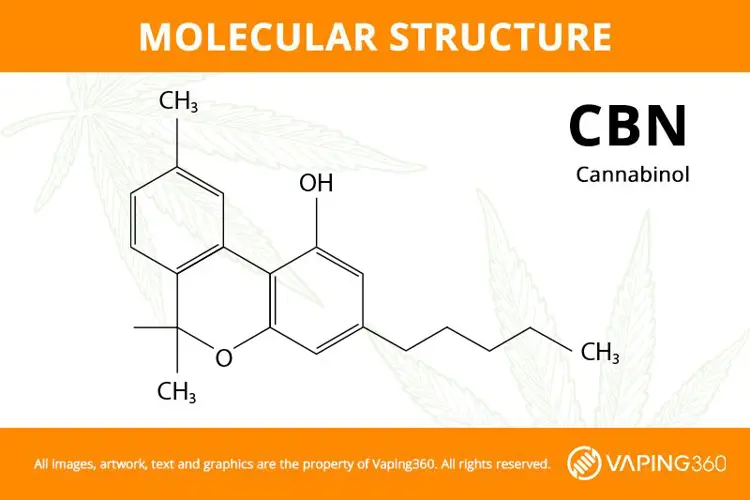
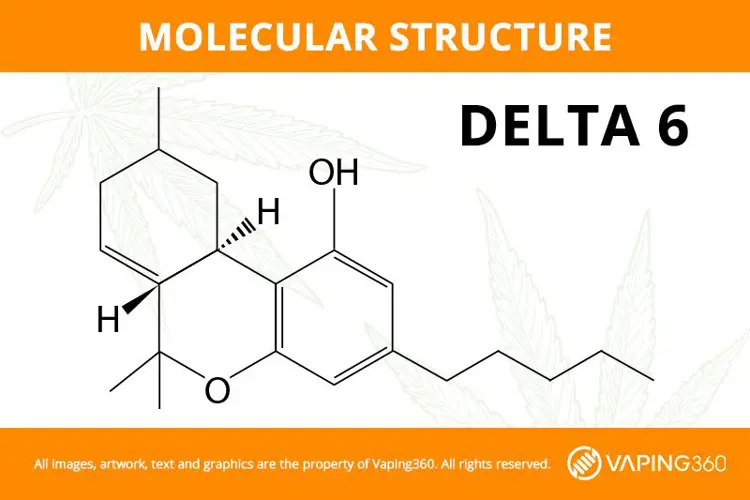
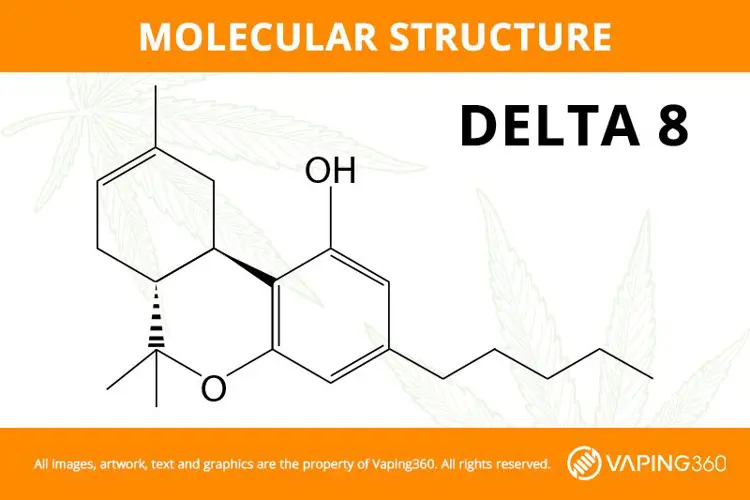
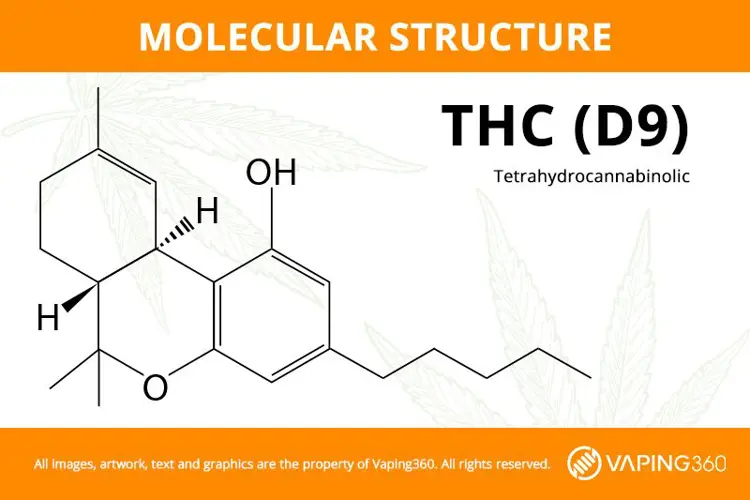
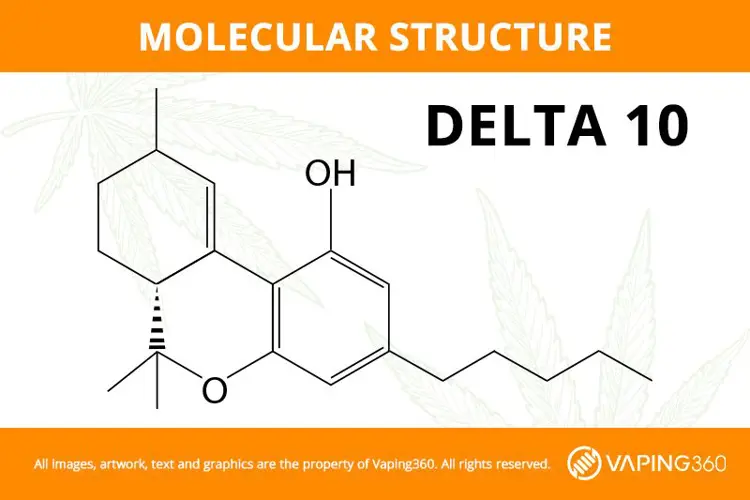
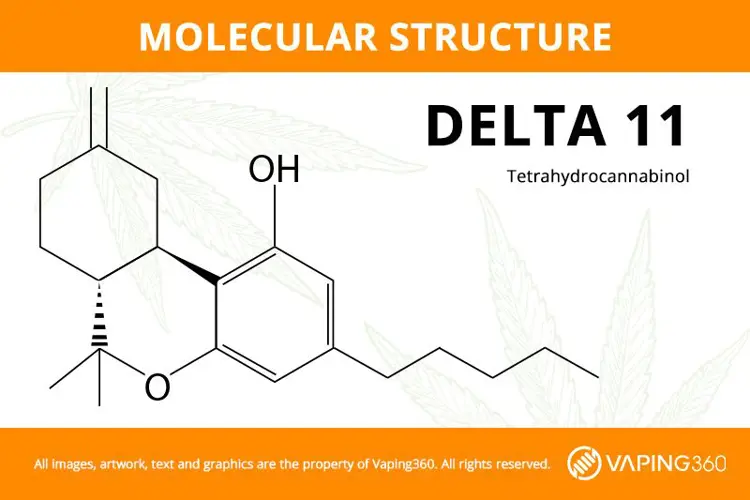
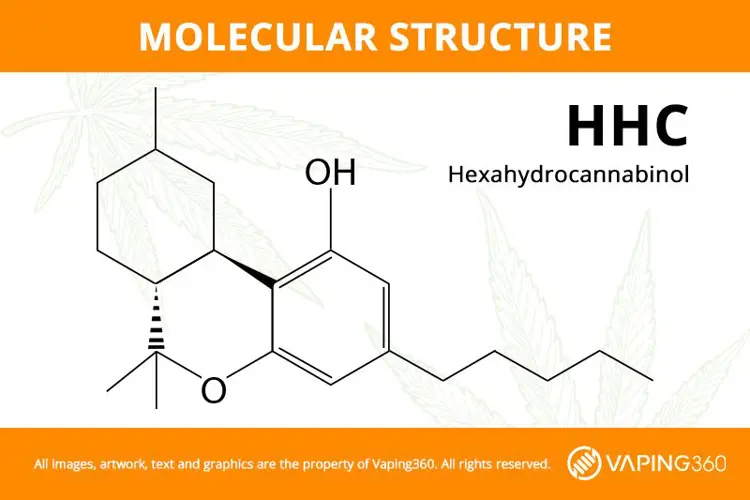
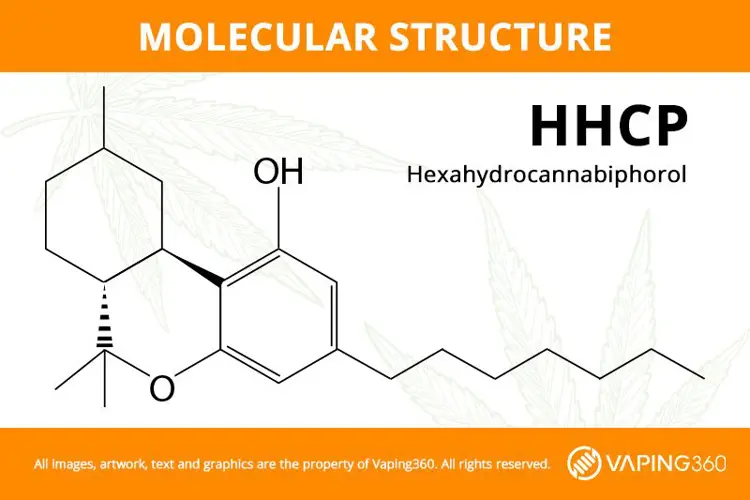
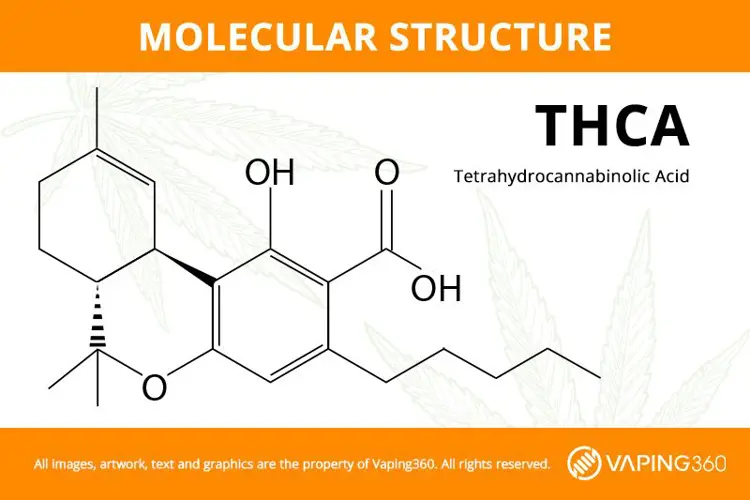
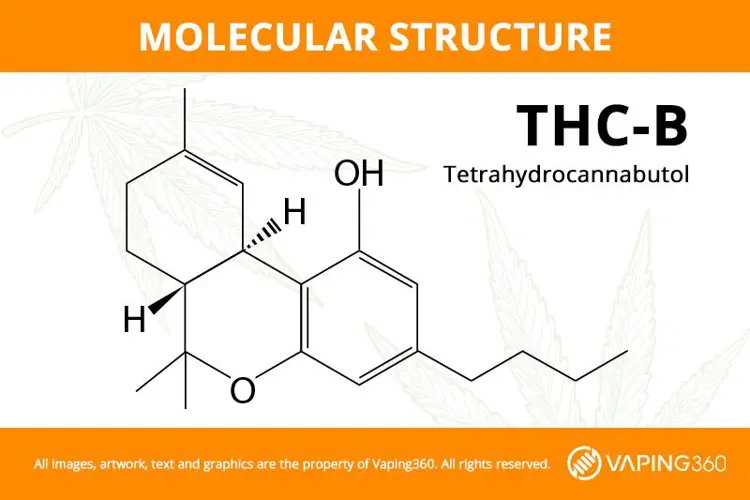
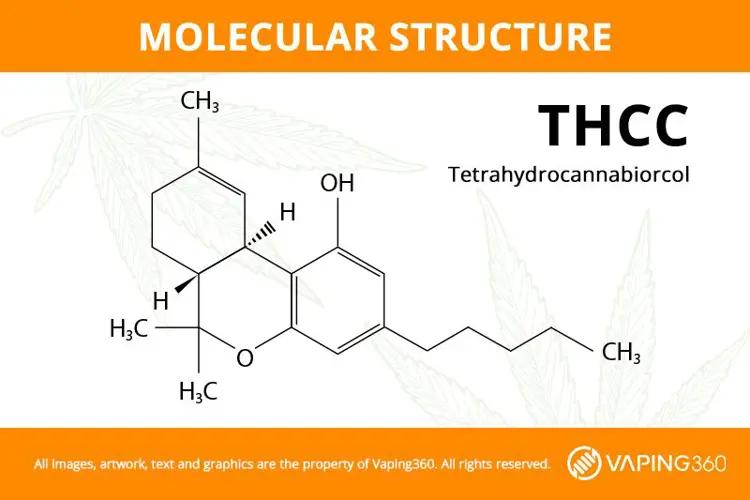
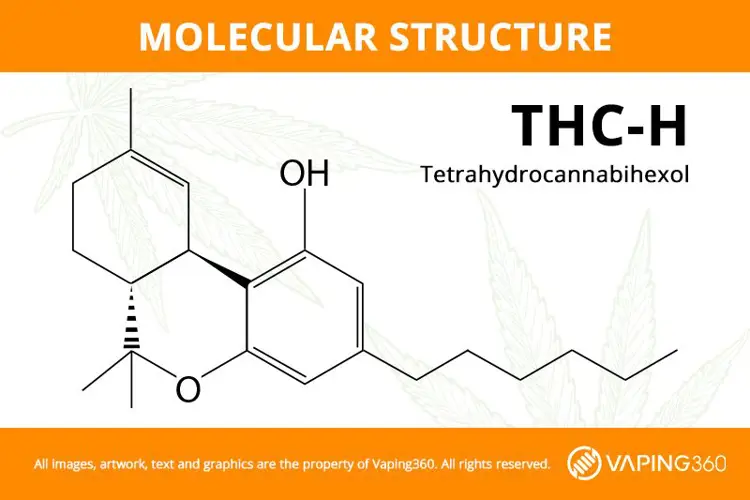

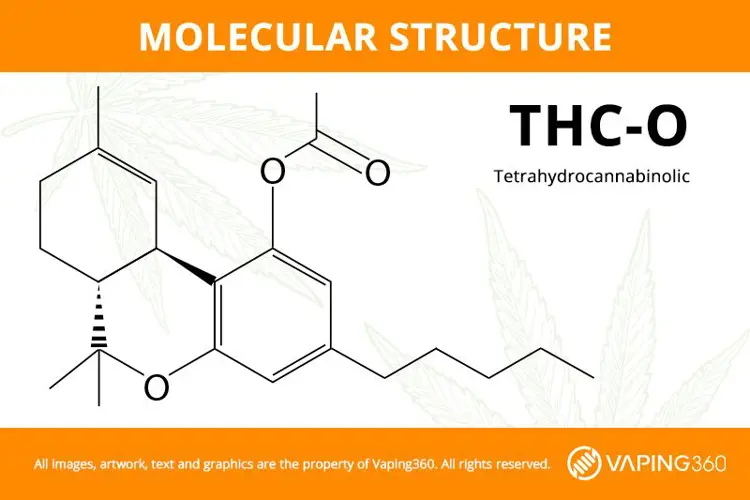

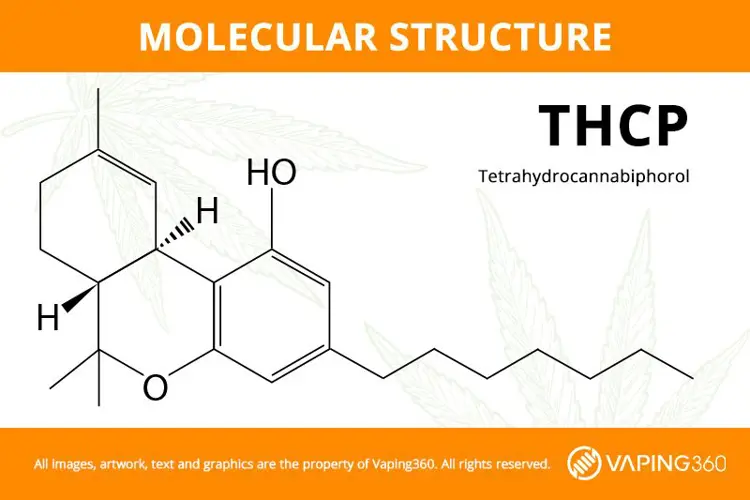
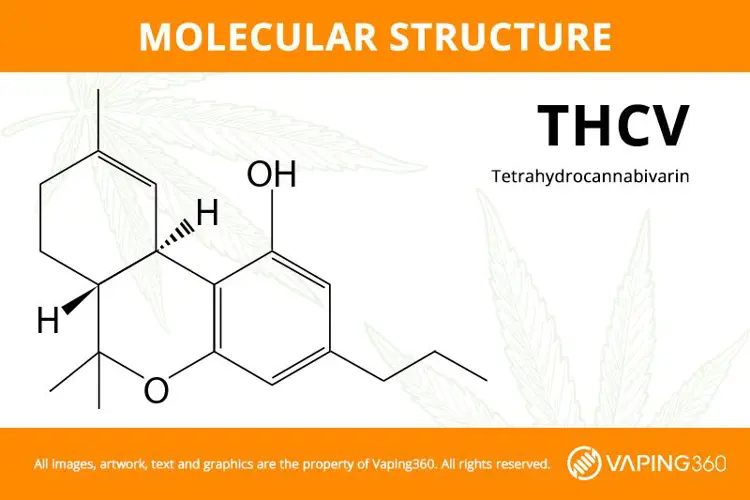
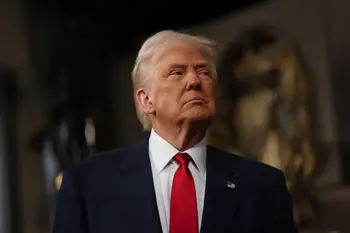

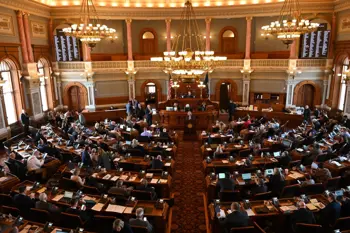



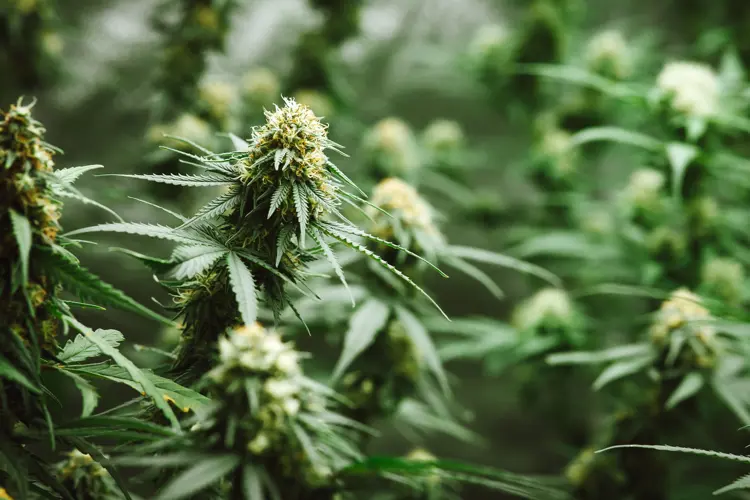
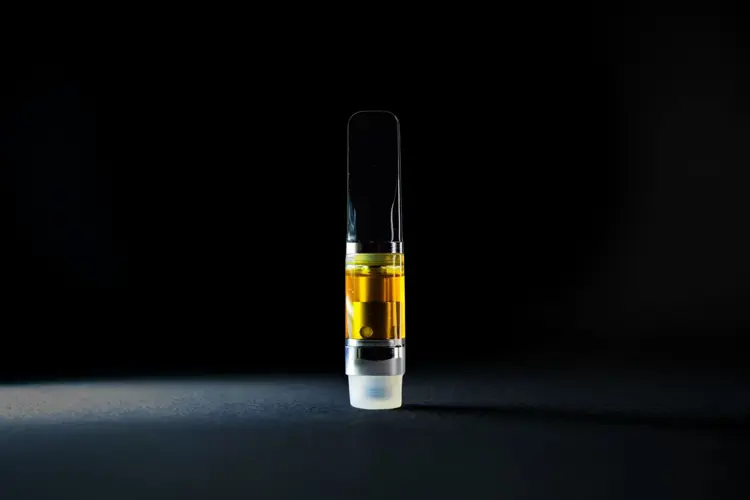
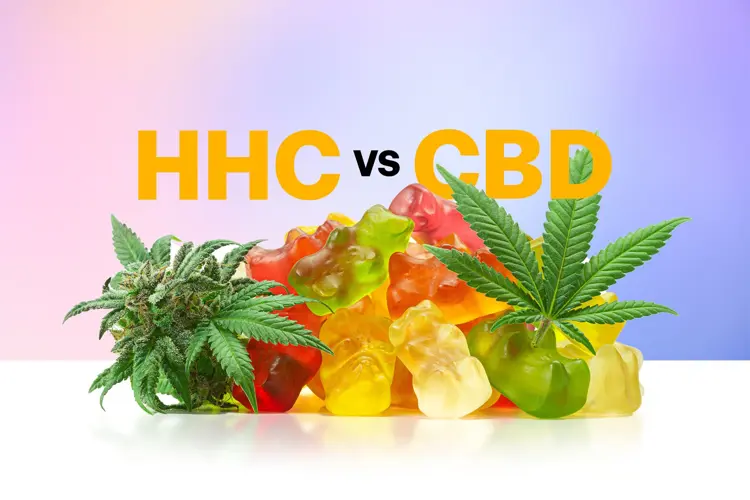

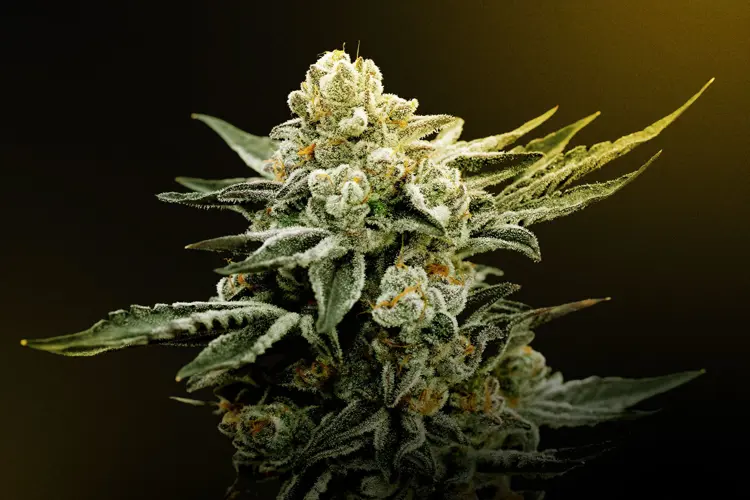


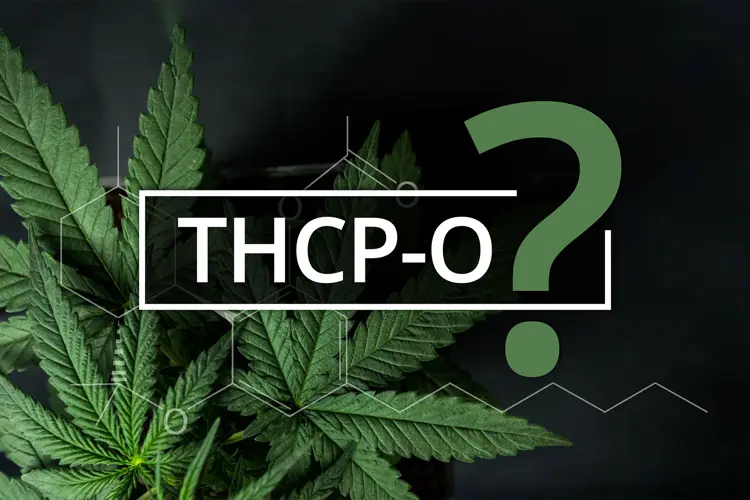
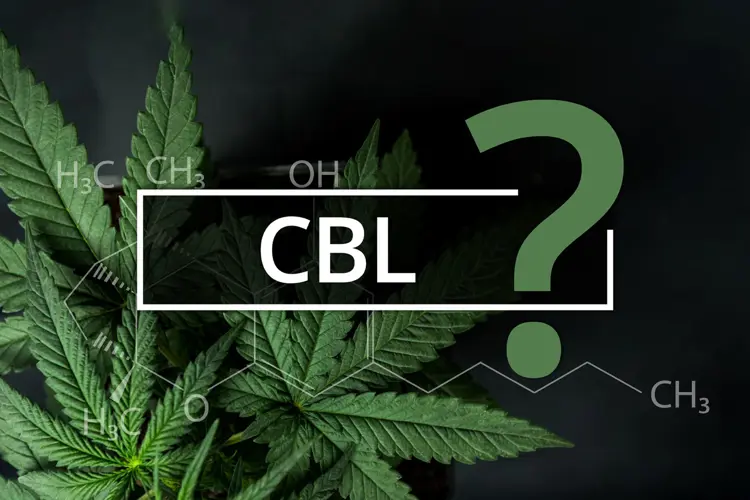
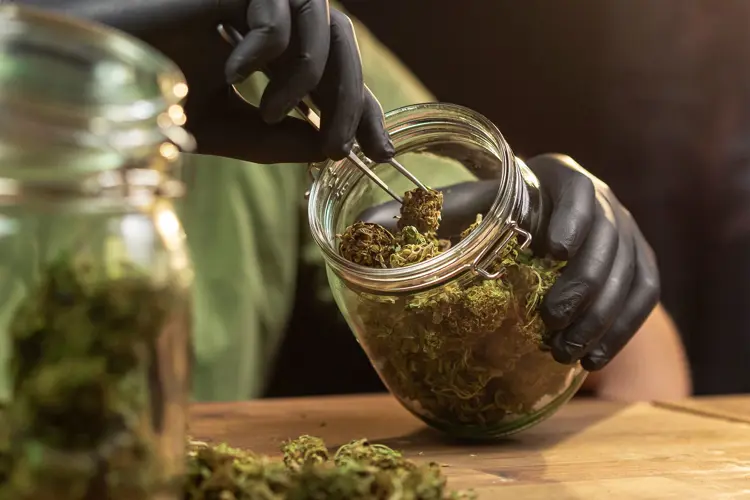
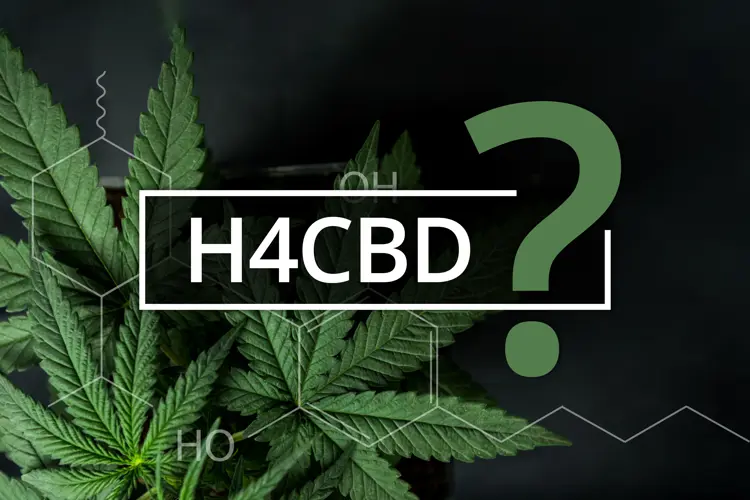
![Image for What Is THC-JD? Legality, Effects, Potency Explored [Update]](https://media.vaping360.com/images/what-is-thc-jd-thumbnail-20a40b517a.webp?imageType=Standard)
